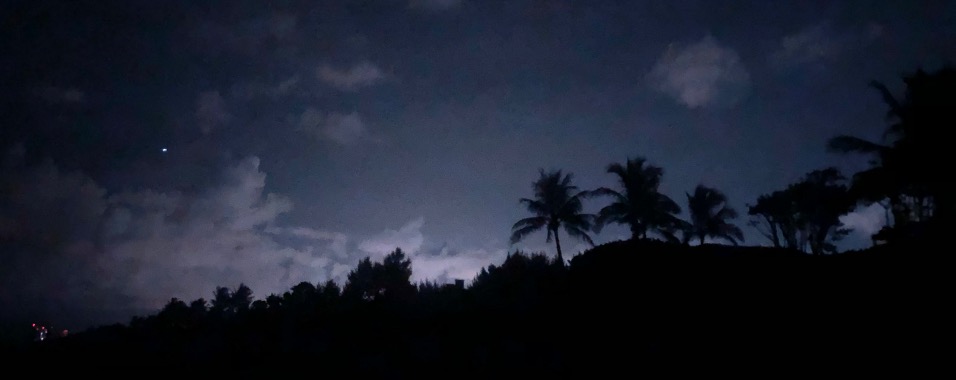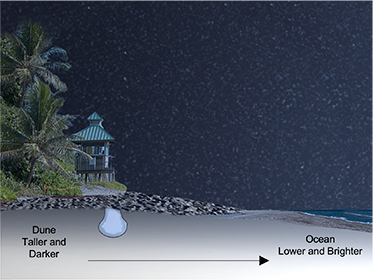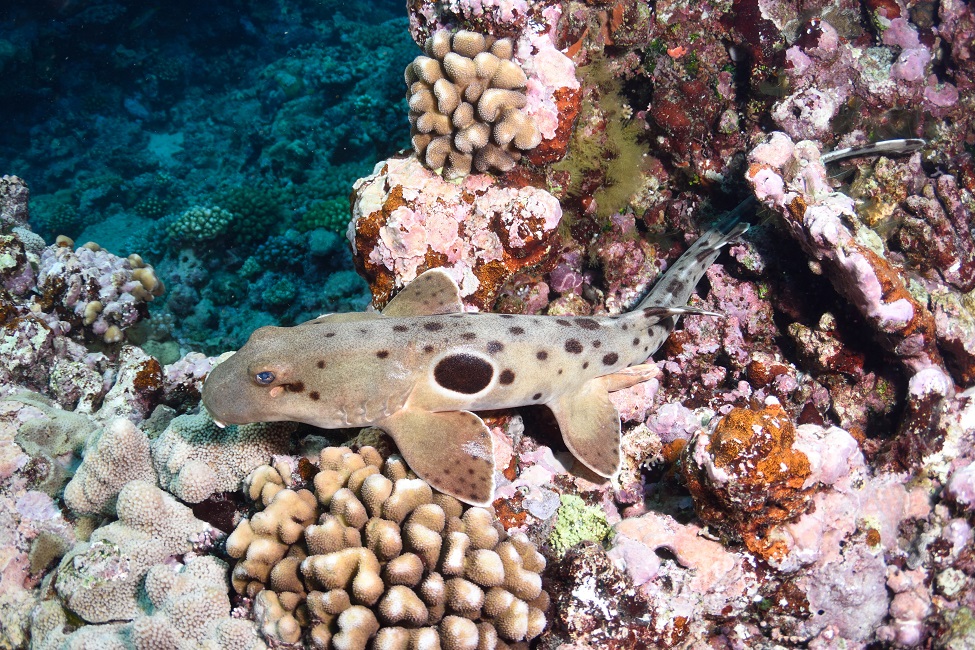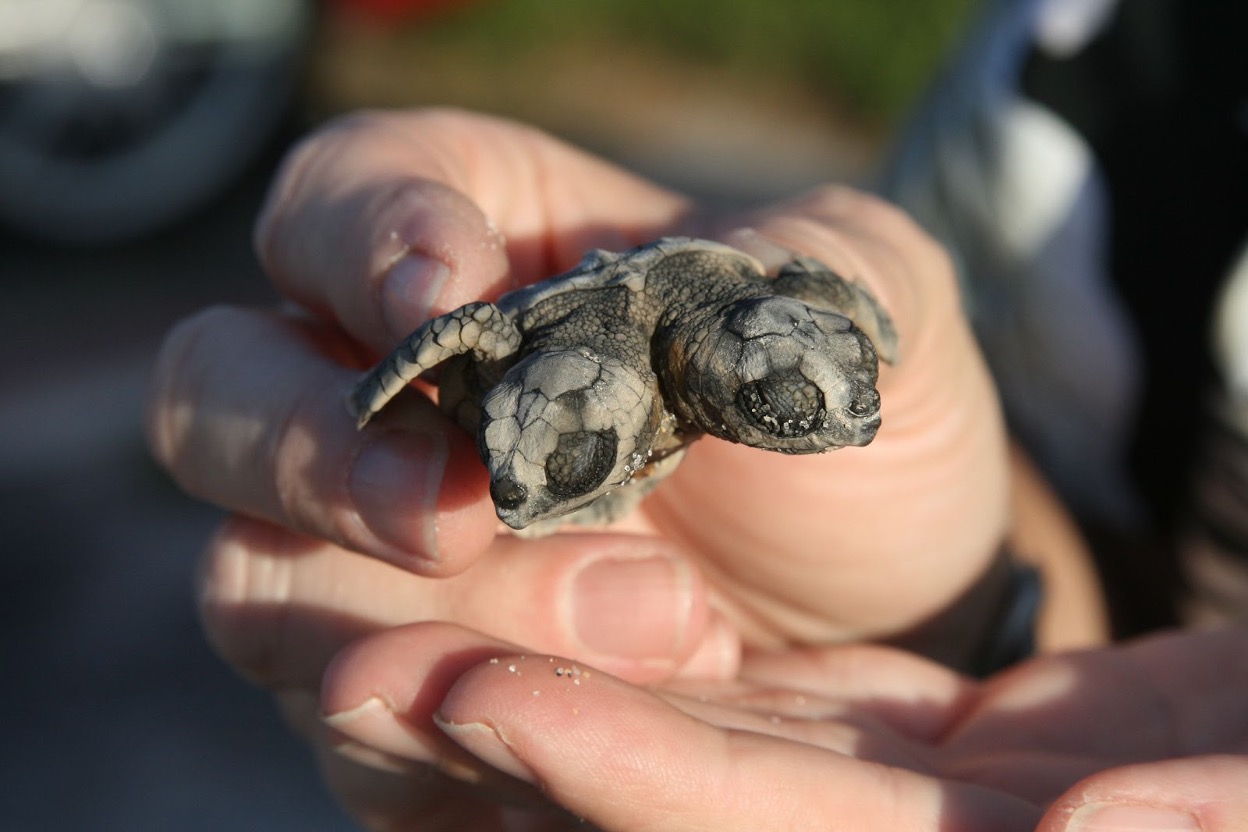
Author: Sam Trail
Date: October 24, 2022
Here at the FAU Marine Lab, spooky season is one of our favorites, and we are sad to see it come to an end. However, the “frightful” themes don’t have to stop!
We’ve compiled a short list of recent publications that will extend your scientific spooky season for at least a few more days:
Full moon and “creepy crawlies”

You won’t find many scientific papers on the validity of men turning into werewolves howling at the full moon as legend would have you believe, but our researchers have discovered something intriguing about how some of our favorite marine creatures respond to the illumination of the full moon. Maybe not actually “creepy” (but definitely “crawlies”), sea turtle hatchlings find the water by crawling towards the lowest and brightest horizon. When there is more light, for example during a full moon, our researchers found that leatherback hatchlings take a significantly faster and more direct path to the sea than on moonless nights! Leatherbacks are less sensitive to low light levels (meaning they see less well when the beaches are extra dark) compared with some of the other species that share the same nesting beaches, like loggerheads. Read the publication in Animal Behaviour here or a summary of the article here.
Emerging from the depths, lingering on land

Lore of swamp and muck monsters can be found scattered throughout history with some common tropes: these monsters live almost exclusively in the water but are capable of coming onto land when provoked. Although few might look at the epaulette shark as a monster, this small, benthic, reef-dwelling elasmobranch is capable of swimming in water, but also walking out of it! Researchers from the FAU Marine Lab evaluated the kinematics of those movements and how they change (or don’t) at different life stages. Read the article in Integrative and Comparative Biology here or a summary of the article here.
Two heads are more frightening than one
Animals with two heads do not just exist in myths and scary campfire stories! Although rare (and often fatal), sometimes we find such creatures on our Southeast Florida beaches complete with these morphological abnormalities. Bifurcation (as it’s scientifically known) and other phenotypic anomalies are most prevalent in sea turtle hatchlings that have incubated in hot and dry conditions. Researchers from the FAU Marine Lab, in collaboration with the Loggerhead Marinelife Center, and the FAU Owls Imaging Lab describe these anatomical alterations of green and loggerhead hatchlings found on our nesting beaches in Boca Raton and Juno Beach, Florida. Read the article (and check out the scary pictures!) in the Journal of Morphology here or a summary of the article here.

|

|